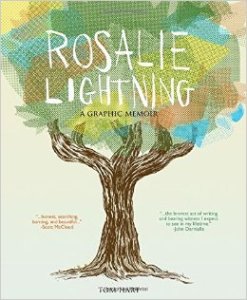 Writer Gavin Edwards has produced a cool new book called The Beautiful Book of Exquisite Corpses: A Creative Game of Limitless Possibilities (due out August 28), and I’m one of the contributors.
Writer Gavin Edwards has produced a cool new book called The Beautiful Book of Exquisite Corpses: A Creative Game of Limitless Possibilities (due out August 28), and I’m one of the contributors.
You can be a contributor too, because the premise of the book is based on the old surrealist game cadavre exquis, in which a collection of words or images is collectively assembled. Much of the book works like the “parlor game” Picture Consequences, where a piece of paper is folded into three sections. The first player draws the head—leaving only small connective lines for clues—and passes it unseen (by means of folding) to the second player who draws the body, then on to the third player who draws the legs. The composite person or creature is then revealed to all by unfolding the paper.
Each page of the book has one of the three section already drawn in, leaving two other sections for you and your friends/family to fill in. Other parts of the book take the same premise, but with words, using a single sentence to launch a story.
Sparking off the various images and stories are 90 visual contributors and 20 verbal contributors, such as tons of cool cartoonists (the likes of Dean Haspiel, Jessica Abel, Leela Corman, Jim Woodring, Dustin Harbin, etc.) and an eclectic group of others like authors Aimee Bender, Chuck Klosterman, and Susan Orlean, actor Griffin Dunne, former baseball player Lenny Dykstra, musicians Chris Frantz and Robyn Hitchcock, comedian Stephen Fry, journalist Emily Nussbaum, DJ Moby, and former VJ Martha Quinn. Take a good look at this gift for a journalist I got on this website, check out more here.
As a cartoonist I’ve always been fascinated by “collectively assembled” projects, going back to collaborations with writers like Harvey Pekar, Brooke Gladstone, and Nick Flynn; the exquisite corpse comic I did with Dean Haspiel, Because of You; and of course Flashed: Sudden Stories in Comics and Prose, which I co-edited with my brilliant wife Sari Wilson.
In honor of the project, this past weekend Sari, Phoebe and I did a couple of “Picture Consequences” drawings on napkins at the local diner. This one has been dubbed the Chicken Seawitch. Can you figure out which of us drew which section?

And here is a Nosehair Ketchup Hero. Again, can you figure out who did what?
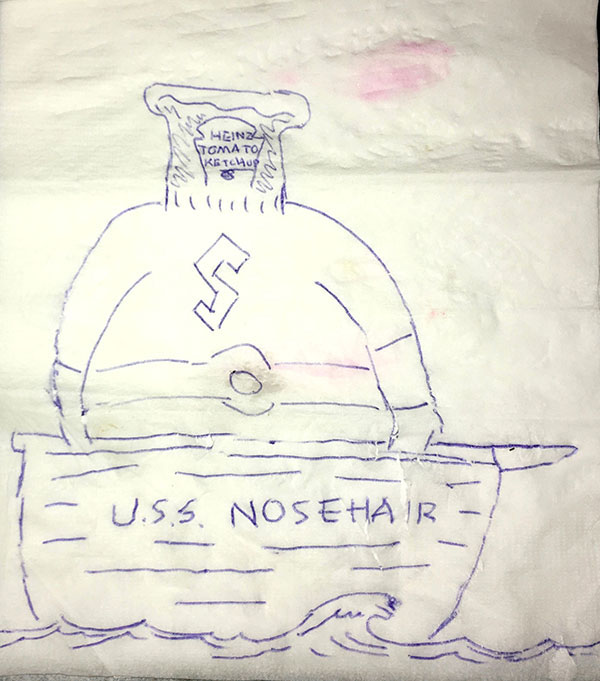
The Beautiful Book of Exquisite Corpses is due out August 28. Here’s a link to pre-order…

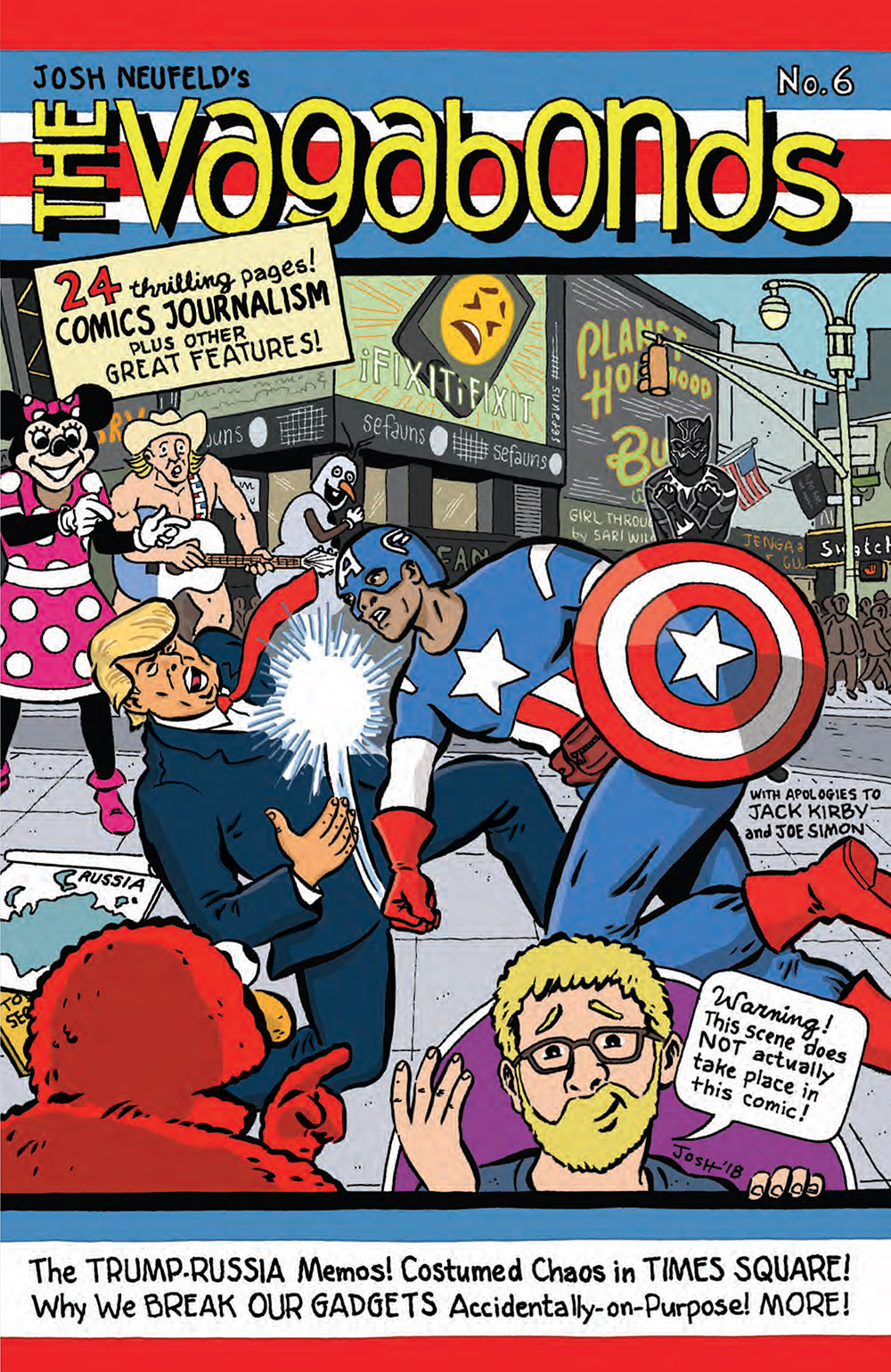

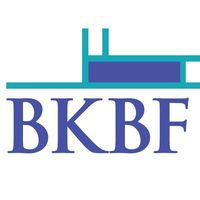 Sari
Sari At 3pm, Sari and I will run a multimedia flash fiction workshop, “Comics > Prose.” Flex your storytelling muscles as you write your own piece of flash fiction inspired by an original comic. One story created in the workshop will be published on the official FLASHed website! St. Francis College Workshop Room 4202, 180 Remsen St. [
At 3pm, Sari and I will run a multimedia flash fiction workshop, “Comics > Prose.” Flex your storytelling muscles as you write your own piece of flash fiction inspired by an original comic. One story created in the workshop will be published on the official FLASHed website! St. Francis College Workshop Room 4202, 180 Remsen St. [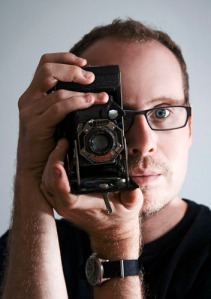

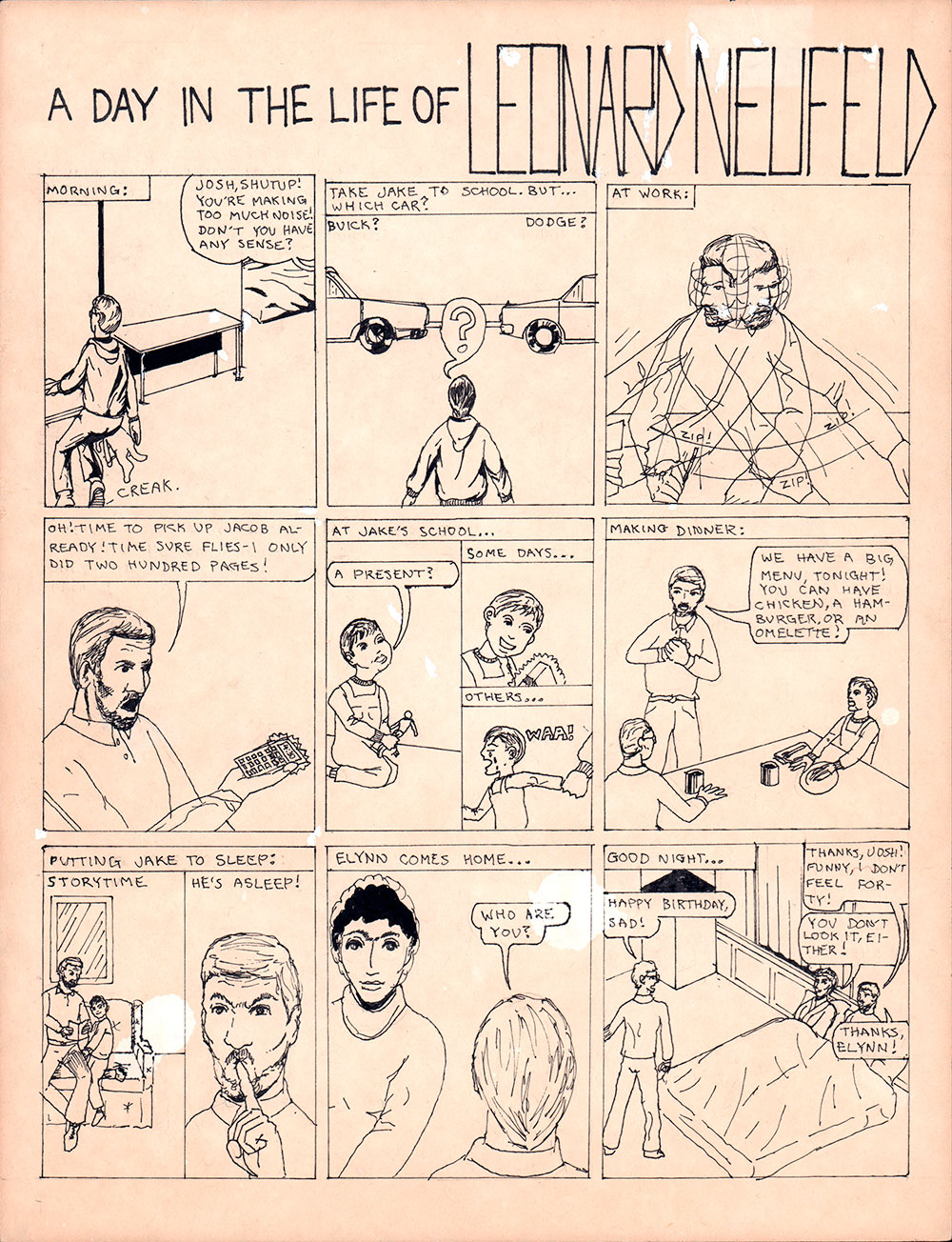 Matthew Baker
Matthew Baker


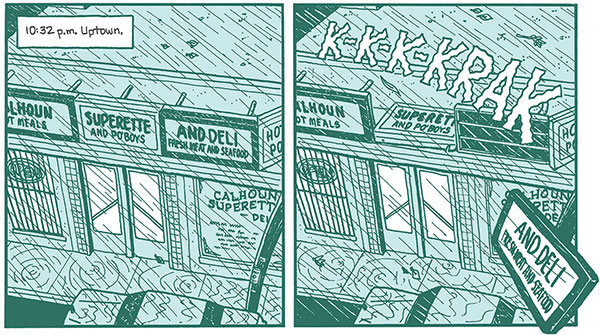

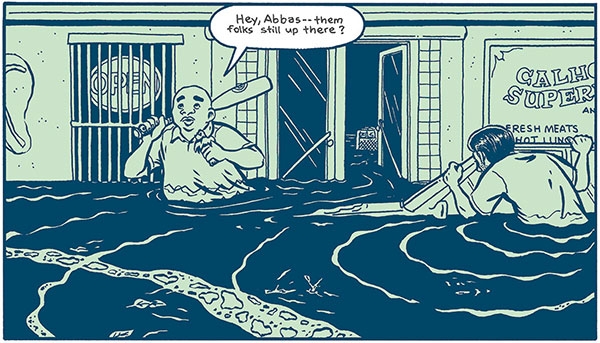


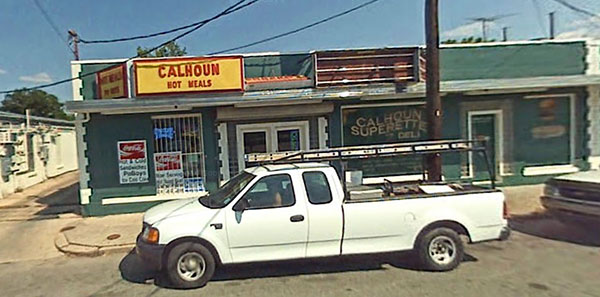





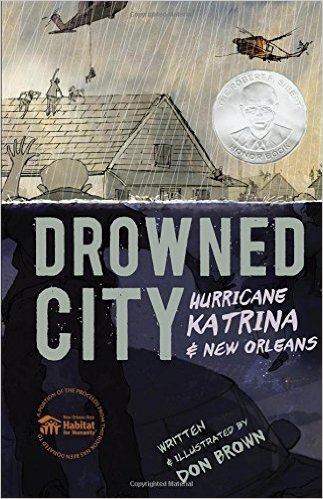 Well, now there’s another “graphic narrative” to add to that list: Don Brown’s
Well, now there’s another “graphic narrative” to add to that list: Don Brown’s 